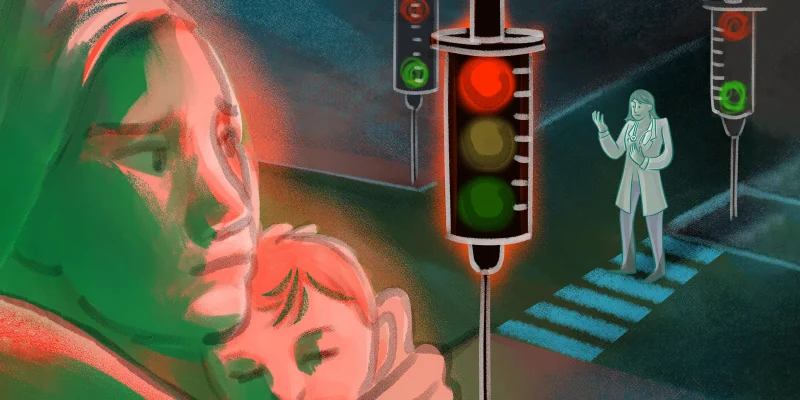
Any physician who has even peripherally been involved in pain management over the past several years has inevitably had significant interest from patients in the potential of cannabinoids as an alternative treatment for pain. At the American Academy of Pain Medicine (AAPM) Annual Meeting this past weekend outside Washington, DC, three experts provided an overview of the current landscape and research.
David Edwards, MD, PhD presented the history of cannabinoid research, reporting that published papers in this area exploded beginning in 2001. Endocannabinoids 2-AG and AEA are endogenous cannabinoid receptor agonists that are short-acting, made on-demand, and rapidly metabolized. THC (tetrahydrocannabinol, from the cannabis sativa plant) is a CB1- and CB2-receptor agonist, while CBD (cannabidiol, from the hemp plant) binds TRPV1 and inhibits inactivation of AEA. CB1 receptors are located in the CNS and PNS and modulate ascending pain signaling in the spinal cord as well as descending inhibition. CB2 receptors are primarily located on immune cells and function as anti-hyperalgesics. THC reaches peak plasma levels in just 3–10 minutes when inhaled (more slowly when taken in oral form), with rapid delivery to vascular organs and lipid accumulation, with an average terminal half-life of 22 hours, though this depends on body composition and frequency of use. Dr. Edwards also noted that, as the legality of marijuana use has changed by district over recent years, laws are often unclear or contradictory. His example: while Colorado law states that drivers can be prosecuted for DUI with 5 nanograms of THC in their blood, it also states that law enforcement officers may base arrests on their observations of impairment, regardless of actual blood levels.
Thomas Pittelkow, DO, MPH then shared that the search for opioid alternatives has been made urgent by the tremendous increase in opioid deaths per year in the U.S.: from roughly 8,000 in 1999 to nearly six times that in 2017. As a result, there has been not only a rise in regulatory and legislative scrutiny, but also a decline in patient desire for opioid medications. While many patients have turned to cannabinoids as a potential substitute for opioids, prescribers still have multiple unanswered questions. One concern is the lack of consistency in the composition of CBD products on the market. To be considered CBD, a product must contain <0.3% THC. But it can come in many forms: combined with multiple other ingredients for an “entourage effect,” for example, or packaged as a CBD isolate. A 2017 JAMA study found that of a variety of oils marketed as CBD, fewer than half were within 10% of the CBD concentration claimed on their labels.
The research is also incomplete. While animal studies have shown that CBD may suppress lymphocyte proliferation, inhibit reactive oxygen species, and block specific tumor necrosis factors, CBD has not been evaluated for efficacy as a monotherapy for pain management. As the number of available products on the market has mushroomed, the FDA has issued warnings about those items being promoted for medical uses while not being FDA-approved. When it comes to which product to buy, Dr. Pittelkow suggested the following questions for patients to ask: Does it meet quality standards such as Current Good Manufacturing Practices (CGMP) certification from the FDA or National Science Foundation (NSF) international certification? Does the company have an independent adverse event reporting program? Is the product certified organic or ecofarmed? Have the products been lab-tested to confirm THC levels are <0.3% and no heavy metals are present? Ultimately, buyer must beware.
Further, the primary challenge for prescribers is that there is no standard dosing. Dr. Pittelkow provided some potential strategies, including starting at 2.5 mg/day and increasing daily to desired effect, or starting at 25 mg twice a day and increasing by 25 mg weekly to desired effect. For pediatric epilepsy, doses as high as 1000 mg/day have been found to be effective.
Mark Wallace, MD reported that the therapeutic window of pain relief occurs with a plasma THC level between 16-31 ng/mL. The drug’s biphasic effects mean that low doses of THC in naive patients (2-5 mg) can have anxiolytic effects, while high doses (20-25 mg) can lead to psychosis. Similarly, low doses of CBD (15 mg) can increase alertness, while high doses (400 mg) are sedating. Thus, low doses can be used for stimulation (eg. fibromyalgia, chronic anxiety) while high doses can be used for inhibition (schizophrenia, ADD, Parkinson disease.)
While there appears to be promise, does cannabis actually reduce opioid use? Dr. Wallace noted that a 2017 Corroon study stated that 46% of respondents admitted to using cannabis as a substitute for prescription medications, most often opioids. However, a 2018 study found that cannabis use led to increased non-medical prescription opioid use, and another found that there was no evidence that cannabis use reduced prescribed-opioid use. Medical cannabis laws have had mixed effects. One study reported that, while they initially decreased opioid overdose mortality by 21%, this improvement eventually reversed to an increase of 23%.
With so much conflicting data, it is clear that while cannabis is a popular new frontier, questions still remain. Caution and close communication with patients are the keys to harnessing the good and minimizing the bad.
Dr. Elizabeth (Lisa) Varghese-Kroll, MD, FAAPMR is a physiatrist and experienced physician advisor with a background in broadcast journalism who is based in the greater Washington, DC area. She is a 2019-2020 Doximity Conference Fellow. Follow her on Twitter at @LisaVKMD.







